How to Identify a Bonsai Tree
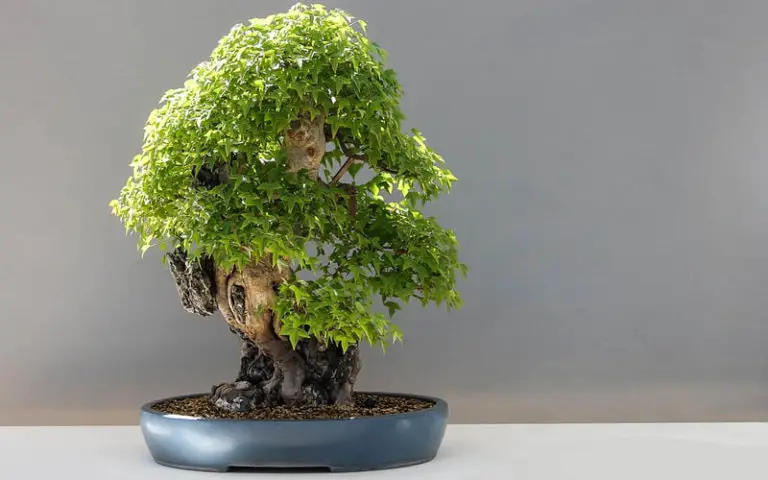
When you buy a new bonsai tree at your local store, the chances are that there’s a label telling you what species or genus it is. However, that’s not always the case, especially when you take a cutting from a tree you don’t know. You may not think it’s significant, but there are many reasons to learn how to identify a bonsai tree.
Here’s what we’ll cover in this article:
Here’s what we’ll cover in this article:
Why Bonsai Identification is Important
The primary reason it’s vital to learn how to identify a bonsai tree is so that you can care for it properly. If you don’t know what species it is, you won’t know how much watering, pruning, and sunlight is needed. It may die due to incorrect maintenance if you treat it like any other tree and hope it survives.
Here are some reasons why bonsai identification is essential:
- Some can survive indoors while others can’t;
- There are species that need more fertilizer than others;
- A few trees go through a dormancy period;
- Not all bonsais need regular watering in summer;
- Some trees are resistant to pests;
- Different species like different soil types;
- Your bonsai may need frequent transplanting;
- Not all styles work with all trees.
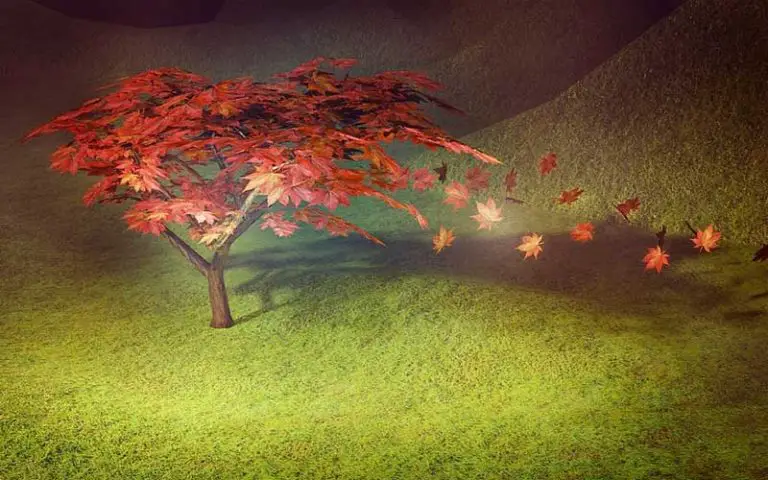
The Types of Bonsai Trees
Before you head off towards identifying your bonsai tree, it’s best you learn the primary tree types. Each one has a different behavior, which reflects how you’ll take care of them. There are scientific names for these groups, but we’ll stick to the standard ones.
Evergreen
As the name implies, these bonsai trees have green leaves all year round, even in winter. You may hear people refer to them as conifers, as these are the trees that fall into this bracket the most. However, you’ll also find species that aren’t conifers that display evergreen behavior.
In most cases, evergreens don’t display flowers. Instead, they develop cones that hold the seeds within them. The Northern Hemisphere has more than 500 evergreen species, and you can grow most of them as bonsais.
Deciduous
Deciduous trees have the opposite effect in autumn and winter. The leaves will change color or fall off completely when it goes into dormancy. You’ll also see bright flowers and arrangements through spring and summer as opposed to cones.
One significant requirement is having as much sunlight as possible, specifically in the morning. It also needs tons of nutrients in the soil during the blooming period, while it stores food in autumn for the coming winter.
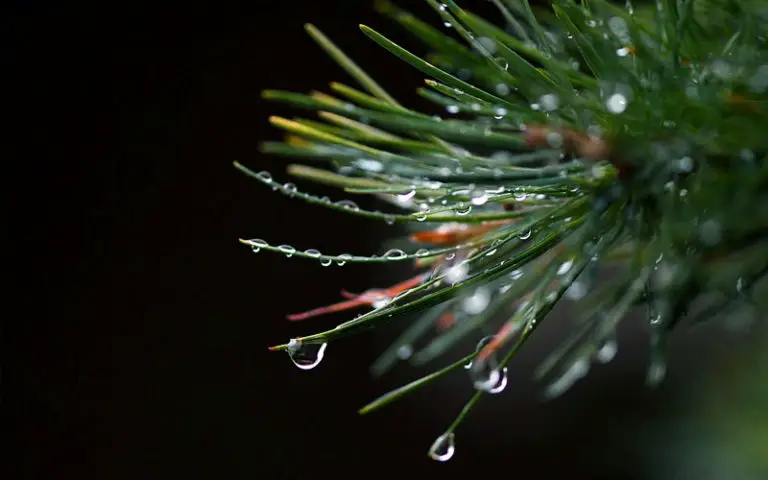
The Three Primary Organs
When you learn how to identify a bonsai, you’ll see there are three primary organs. Different species have defined structures for their forms, and these components provide an excellent means to tell them apart. Before we show you how we use these to recognize bonsais, we’ll explain the top features of each for those of you who are new to botany.
Root
The roots are the axis beneath the ground that provides stability, food, and water to the rest of the tree. There are no nodes or internodes, while you’ll also see no leaves. They’ll continue to grow towards gravity to hunt down as many nutrients as possible.
The root cap has mucigel, a slimy substance that helps the organ push through the soil without damage. Root hairs form quickly, which helps in absorbing as many nutrients as possible. Different trees have various root formations that can help in identification.
Stem
The stem is the axis above the ground with nodes and internodes that bear leaves. Shoots have more stems and leaves that help the foliage reach further towards the sunlight. The apical meristem at the tip is surrounded by leaves, and you can easily see the shape with your eye.
When the stem first starts to develop, it’s called a bud. In some cases, you can identify a bonsai species just by looking at the shape of the stem and surrounding structure alone. For instance, a baobab is easy to recognize due to its unique shape, while the Gingko’s foliage is also unmistakable.
Leaf
The leaf forms at nodes, while the space between them is called an internode. It consists of a petiole and blade, and it absorbs sunlight and carbon dioxide to produce food and oxygen. Every leaf usually has an auxiliary bud in its axil.
The leaf forms part of one of the most significant ways to identify bonsais. Each tree’s leaves have distinctive shapes that you can tell apart from others. While some of them look similar, there’s always some aspect on them that separates them from the rest.
Ways to Identify a Bonsai Tree
While the three organs will help you start with bonsai identification, there are more advanced ways you can clearly discover what the species is. We’ll take a more detailed look, but you’ll probably use a combination of the items listed below to aid you.
Foliage
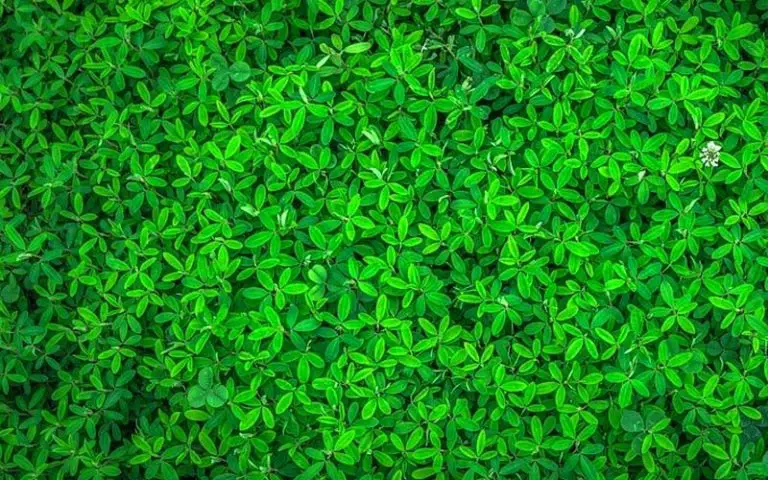
A bonsai’s foliage is one of the most useful methods to discover which tree you have. There are so many aspects hidden in the leaves alone, you can spend a few hours studying every one of them. While we could cover a few pages with these details, we’ll quickly break it down in a few bullets and reserve a larger study for a different article:
- Simple leaves: These consist of a flat blade called the lamina and a petiole called a stalk. The blade is not divided, hence the name. There may be lobes, but the chief distinction is the single, undivided blade.
- Compound leaves: There are many divisions in these leaves. For instance, you get pinnately, palmately, trifoliolate, bifoliolate, and bipinnately compound. While we’ll cover these differences in a different article, the primary concern is how the leaves are divided.
- Leaf arrangement: This feature refers to how the leaves are arranged around the stem. The forms include alternate, opposite, sub-opposite, whorled, and tufted.
- Color: Some bonsais have bright green leaves, while others have a blue sheen. You also find some that have discolored leaves.
- Venetian pattern: You can also tell a difference in the leaf vein patterns. Some have a midrib that runs from the base to the tip with veins branching off from it in various ways. Others have veins that all originate from the base and spread out across the blade.
- Cavities: Secterory cavities excrete substances, such as oil, mucilage, and resin. You’ll need a fine eye to see these, but you can also crush the leaf or smell it to identify them.
- Bacterial nodules: There are some species that have dark green bacterial nodules that you won’t find on other trees. These masses aren’t harmful to the tree and may form as a pathological reaction to confine the bacteria to one spot.
- Leaf margins: The outer edges are called margins. There are five basic types, such as smooth, dentate, serrate, crenate, and sinuate.
- Stipules: Some bonsais have stipules while others don’t. These are small scales found at the base of stalks. The presence or absence is sometimes enough to separate family classifications among trees. The location and type are also essential for proper identification.
- Hair: Trichomes, or hairs, form on leaves when they are still young. As it grows older, you may see the hairs vanish. You can sometimes compare the density to determine which species you have.
- Size and shape: Another massive deciding factor is the size or shape. We aren’t merely referring to the overall form, but the shape of the tip and base too. Sometimes, this may be the easiest way to identify a bonsai.
- Defense mechanisms: Some species have spines, thorns, or prickles, which are hard structures that adjoin the leaves. Each type looks different, which is why it helps so well with bonsai identification.
Flowers
Studying flowers may be easier than leaves. The easiest part of this method is looking at each component of the flower to see how it’s structured. For example, you can assess the stamen, ovule, locule, receptacle, bracts, petals, sepals, or pedicel. These forms are mainly divided between ovary superior and ovary inferior.
Don’t worry, we’ll cover this in more detail in a future article. For now, you only need to know that you can use the shape, size, parts, and colors to help you identify a bonsai. You can also look at the inflorescence, which is a collection of flowers on a stalk or peduncle. These are split between determinate and indeterminate inflorescence.
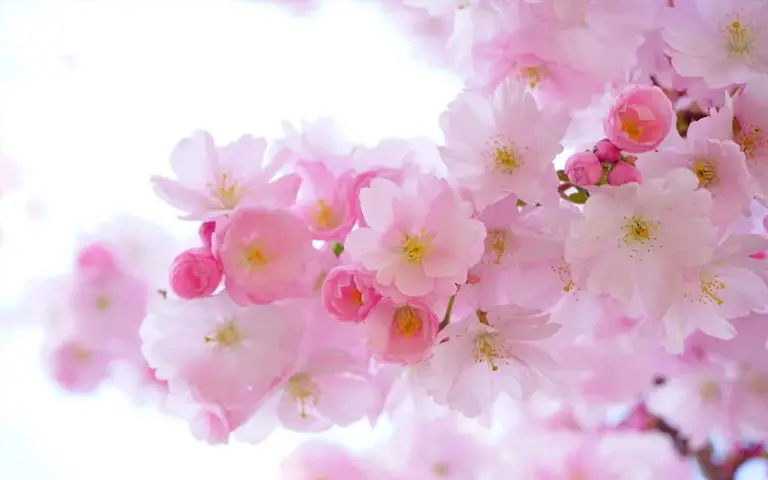
Fruit
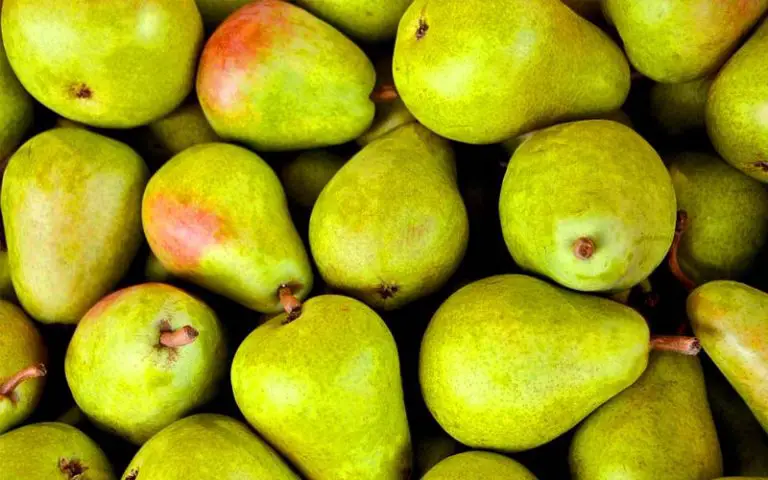
Another helpful method for bonsai identification is looking at the fruit. After all, an apple can only grow from an apple tree. The main separation is between fleshy and dry fruit. However, the latter can also consist of indehiscent (samara, nuts) and dehiscent (pods, capsules). Fleshy fruits break down into berries and drupes.
Seeds
Where the fruit is a mature ovary, a seed is a mature ovule with an embryo. Usually, the seed is located inside the fruit. Fleshy fruit have simple seeds, contained in an advertised vessel for animals to feed on. Dry fruit seeds have appendages, such as wings or envelopes, to help them disperse when they fall from the tree.

Bark
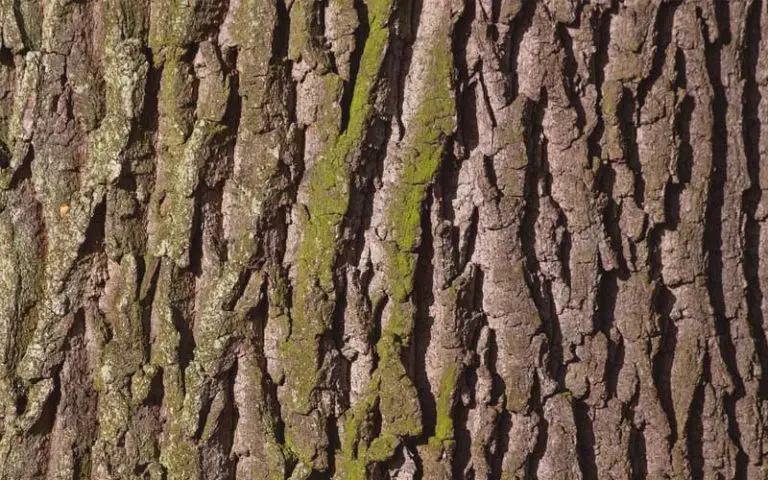
The bark is the tissue found on the stem of the tree. You can find thin and thick barks, while they look very different on various species. The color is also a dead giveaway in some cases.
Variations
If you pay attention to most articles that help you learn how to identify bonsai trees, you may see the words ‘usually’, ‘generally’, or ‘occasionally,’ to name a few. The main reason is that trees don’t always play by the rules, and there may be external factors that lead to some minor variances. Let’s take a look at some of these:
- Developmental variation: The transition from a young tree to a mature one is different for each tree. You can quickly see the difference between a tree that’s been well looked after to one that’s not. Leaves may be deformed, or you may see longer spines.
- Environmentally-induced variation: Trees can adapt and change to suit their conditions. If seeds fall in a good, healthy location, they will have strong leaves and development. The same can’t be said for dry, poor conditions. The bonsai will still survive if moved to a new zone, but it will grow differently.
- Intrinsic variation: Most trees have genetic differences that are contained within a species. You may see different color flowers for the same species in a region but the same color confined to a small garden space. Some farms also grow their own variations that are unique to them.
Using Apps for Bonsai Identification
Of course, an article like this is almost wasted if you decide to rely on mobile applications for bonsai identification. There are online communities that share images, creating a vast database of species. As soon as you upload the photo, the app immediately hunts for similar images loaded by other members.
This method isn’t always reliable, though. Some species in a genus look very similar, and you may find incorrect data or the wrong plant if the app hasn’t identified it properly. Therefore, you should always chat with the community to ensure you find the right one.
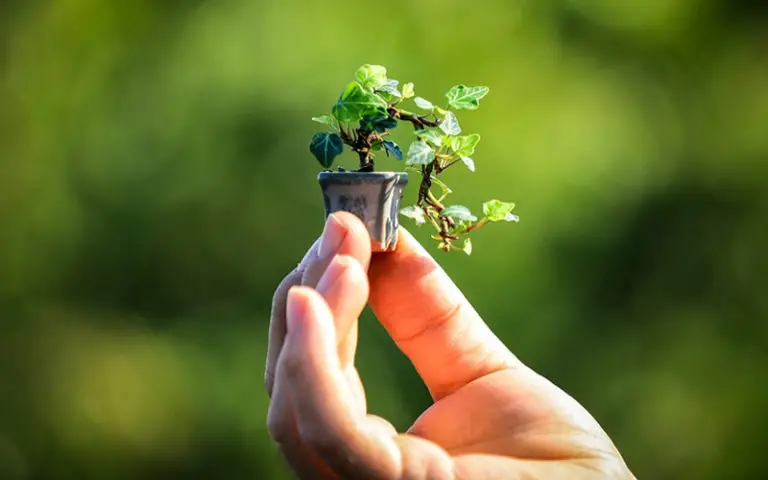
Final Thoughts
If you’re new to bonsais and trees, it can be a daunting task to identify a bonsai. It helps to have friends in the community who can assist you with this task and mentor you until you have a handle on it. You can also use apps if you want until you feel more confident performing the task yourself. Either way, we hope you enjoyed this journey with us until we explore the finer details further.







